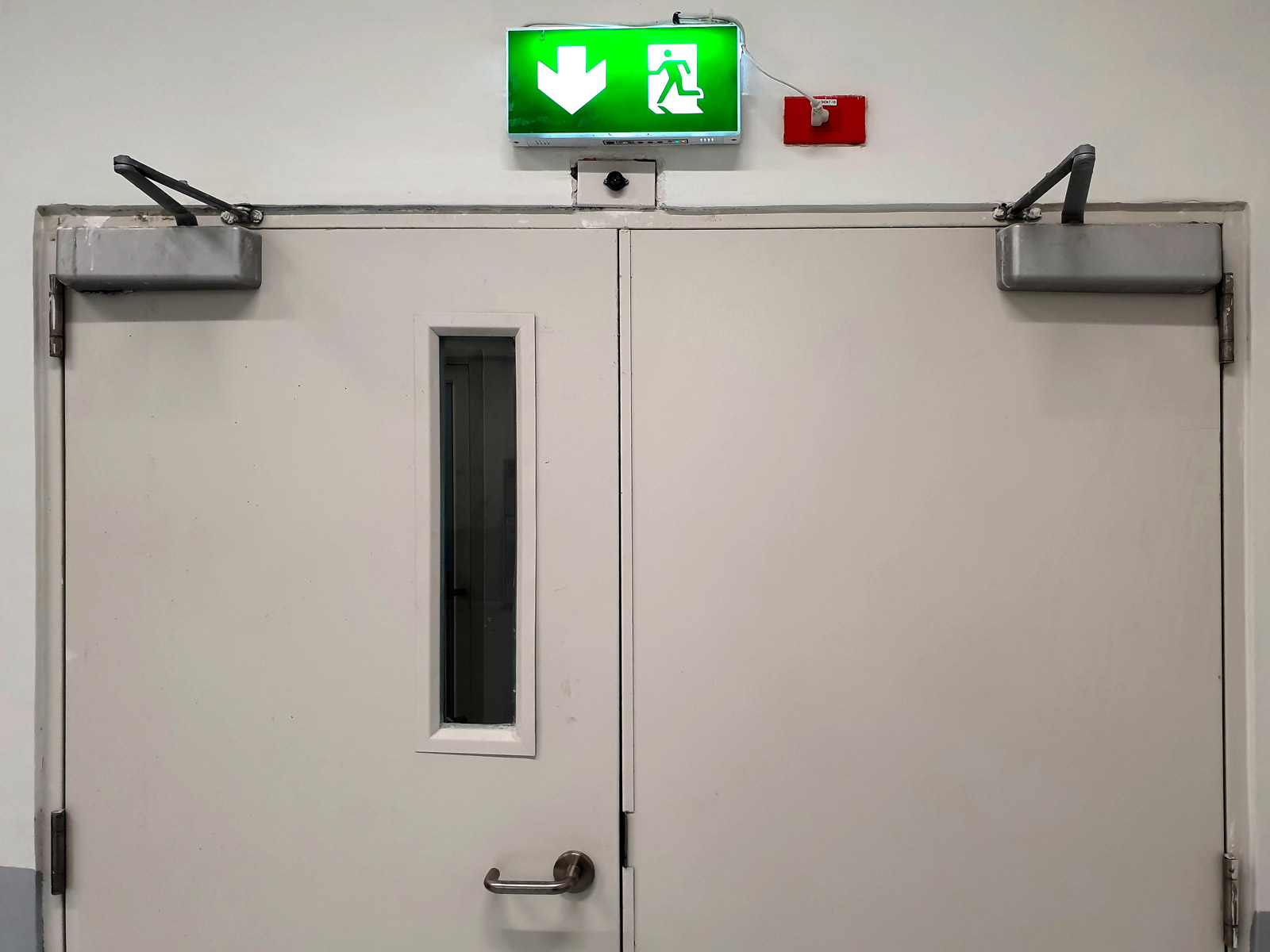Emergency situations can strike at any moment, threatening lives and property. In such critical moments, having reliable safety measures in place is crucial. One integral component of building safety is the emergency/fire rated door. These specialized doors are designed to withstand intense heat, smoke, and flames, providing a crucial means of escape and containment during a fire emergency. In this article, we will explore the features and benefits of emergency/fire rated doors, with a focus on single and half-door variants.
Understanding Emergency/Fire Rated Doors
Emergency/fire rated doors are engineered to meet strict safety standards and regulations. They are constructed using durable materials such as steel, fiberglass, or solid wood, ensuring high resistance to heat transfer. These doors act as a barrier, preventing the spread of fire and smoke from one area to another, allowing occupants to evacuate safely and firefighters to access the premises.
Key Features
- Fire Resistance: Emergency/fire rated doors are specifically designed to resist fire and heat for a specified duration, typically ranging from 30 minutes to 3 hours. This crucial window of time allows for evacuation and containment until help arrives.
- Smoke Control: These doors are also effective in limiting the spread of smoke, which can be just as hazardous as the fire itself. The tight seals and smoke-resistant materials used in their construction help prevent the passage of smoke, safeguarding evacuation routes.
- Durability: Emergency/fire rated doors are built to withstand extreme conditions. Their robust construction ensures resistance against impact, providing additional protection during a fire emergency.
- Self-Closing Mechanism: To maintain the integrity of fire barriers, these doors are equipped with self-closing devices. This feature ensures that the door automatically closes after being opened, minimizing the risk of fire spreading through open doorways.
- Emergency Exit Devices: Single and half-door variants of emergency/fire rated doors often incorporate panic bars or other emergency exit devices. These mechanisms allow for quick and effortless egress during an emergency, even for individuals who may be unfamiliar with the premises.
Benefits of Single and Half-Door Variants
- Space Optimization: Single and half-door variants are particularly useful in areas where space is limited. These doors are designed to cover only a portion of the doorway, allowing for efficient utilization of available space while still maintaining fire safety standards.
- Visual Access: In certain settings, such as healthcare facilities or schools, visual access is important for effective monitoring and supervision. The design of single and half-door variants allows for visibility while ensuring fire safety protocols are met.
- Enhanced Security: Single and half-door variants can be equipped with additional security features such as access control systems or card readers. This integration ensures that only authorized individuals can pass through the doors, enhancing overall security measures.
- Ease of Use: With their smaller size, single and half-door variants are generally lighter and easier to open and close. This feature is particularly beneficial for individuals with limited mobility, ensuring that they can navigate through the doors comfortably.
Emergency/fire rated doors are an indispensable component of building safety, providing vital protection during fire emergencies. Single and half-door variants offer specific advantages in terms of space optimization, visual access, enhanced security, and ease of use.
When choosing emergency/fire rated doors, it is crucial to consider the specific requirements of the building and consult with professionals to ensure compliance with local safety regulations.
By investing in these doors, you can create a safer environment for occupants, reduce property damage, and mitigate the potential risks associated with fire emergencies.




